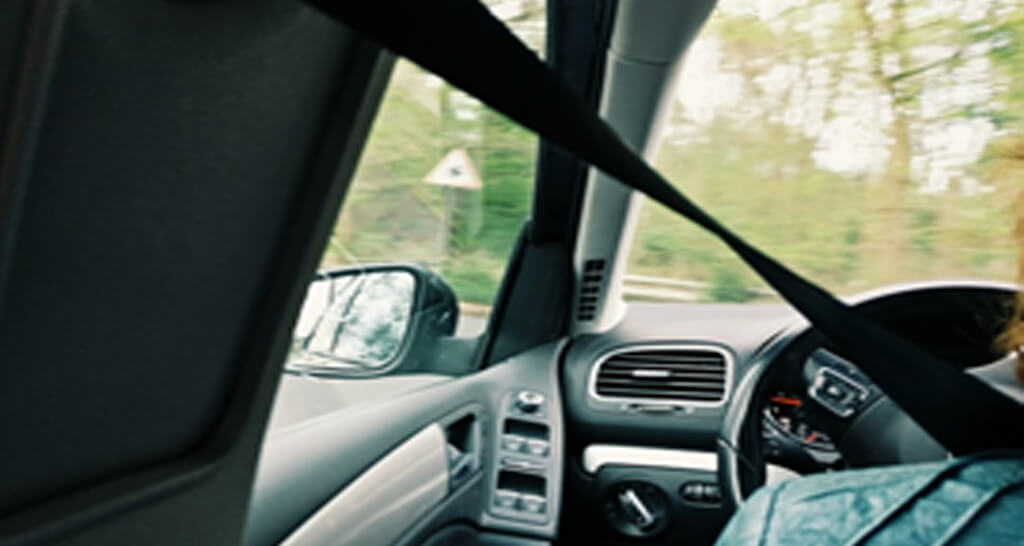People need protection while driving for accident prevention. The advancement in the technologies is made to aid in safety for car drivers. However, these safety measures were taken seriously from 1950 when innovative pieces of technology paved their way in the car industry. The more a car has safety features, the more it does not result in serious car accidents. The auto industry is highly advanced now as it manufactures modern cars with outstanding performance and safe rides.
Previously cars had no seat belts or wipers to control the danger. Later, safety technologies became a central focal point of most manufacturers. Hundreds of car owners prefer cars with specific features that reduce their reaction time to turning and twisting. Let’s explore more about car safety features and the measures taken for safety in cars.
Top car safety features
Several car safety features include anti-lock brakes, airbags, shatter-resistant glass, stability control, and more. They constantly make driving easier. Even a safety feature in a car compensates for the limited visibility to provide valuable experience to older adults. This guide will help you find the best accessories before visiting the dealership.
1] Airbags
Constantly evolving vehicles from 1968 have a sensor that leads to airbags opening to prevent injuries during an accident. After 1988, some scientists invented standard airbag equipment for most vehicles. A collision on the car inflates these bags to keep the driver and Co-driver safe from hitting their heads. Further, it helps avoid situations that lead to smashing the windshield and dashboard of the car. However, it is mandatory to use airbags in a car and other car safety features.
2] Seat Belts
The most recognizable safety feature in a car is the seat belts. Most cars have shoulder-style harnesses, but several improvements may be made to provide extreme security. However it was invented in 1849 but gained popularity till 1966 after the National Traffic and Motor Vehicle Act and the Highway Safety Act. Even the government made it mandatory for all cars and other vehicles. In direct front-end accidents, seat belts reduce the risk of dying considerably.
3] Anti-lock braking systems
The automobile industry has started to use braking systems for better safety in cars. In the early days, these systems only applied braking pressure. The function of Anti-lock braking systems is to avoid the locking of car wheels during panic braking. When the vehicles are locked, it causes the vehicle to slide. Therefore, the driver can control the vehicle during the collision rather than applying sudden brakes.
Moreover, it cannot guarantee maximum protection, but it prevents swerving when brakes are applied. Anti-lock braking systems solve the problem of skidding and maintain control of steering. The introduction of this braking system will detect the speed and force of brakes to activate this safety measure in cars.
4] Stability control
Increased cases of accidents have created the need for better car safety features. Stability control is made to allow drivers to maintain control even in extreme steering maneuvers. To avoid dangerous rollover accidents, manufacturers of vehicles use stability control. It compensates for the amount of oversteer and sends power to all the car’s four wheels. Suppose a driver turns a vehicle suddenly, then a vehicle without stability control will experience a rollover accident.
5] Rear view cameras
Most of the cars in the 20th century consisted of a rearview camera to help during parking a car. It is a safety feature in a car that improves visibility by using an infotainment screen. It displays a video of the back area behind the car. Moreover, rearview cameras are advantageous while reversing as they increase vision.
6] Lights
Of course, without proper light, nobody can see the movement of other vehicles on the road. It has become essential for a car to have turn signals, brake lights, and headlights. Keep in mind to use this car safety feature whenever driving. Also, before you go on a drive, check all these three types of bulbs regularly. Further, try to replace the lights as soon as possible if it does not work correctly. Especially during the nighttime while taking long routes, use these bulbs frequently.
7] Blind spot detection
A safety feature in a car alerts the driver when the car is in a blind spot. It usually functions while driving or parking and responds to signals that are turned on. It is a monitoring system that can be bought as a separate unit for adding to the car.
8] Four-wheel steering
This option helps to drive in hilly areas while improving a car’s traction. It provides safety in cars by causing car tires to wear evenly.
9] Shatter-resistant glass
It is another common feature of providing a windshield. This glass is made of a plastic film and breaks into harmless pieces in an accident. Overall it’s a great safety feature in the car to prevent injuries.
10] Navigation systems
The system that figures out where to go on the map is a navigation system. It alerts when a car runs at a more incredible speed. This feature should be added to this built-in map to make driving more convenient.
To conclude, we advise you to use all these car safety features to avoid experiencing accidents. Stay safe by adding navigation systems, rearview cameras, stability control, and other features. Allow yourself to drive at a safe speed. So, stay updated with all the newer features that provide safety in the car.
